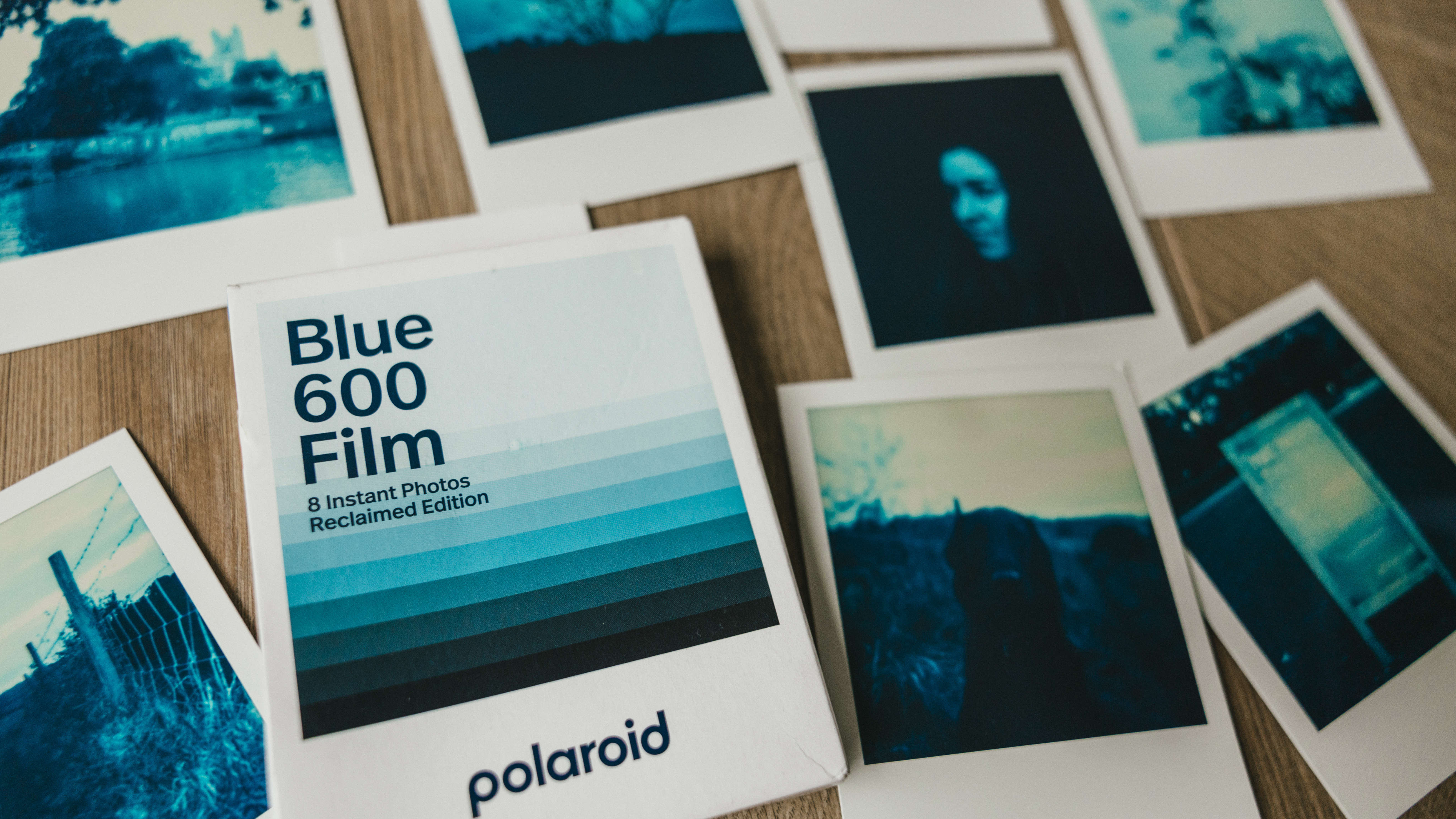
In our click-and-share digital photography era, it can be refreshing to be reminded of a time when making prints was more physical – and when creative experimentation involved more than tapping filters on an app. As a tech journalist, I’m no Luddite, and I’m not suggesting we all ditch our professional cameras and hide away in the darkroom again. But occasionally, I think it’s important for amateur photographers like me to refresh our practice, finding new approaches, new forms, and maybe even new films.
Earlier this year, I went hands-on with the Polaroid I-2 and was transported back to an analog world I’d almost forgotten. While the best instant cameras (like the I-2) make physical prints, they’re designed to be quick (clues in the name) and easy to use. You get some degree of tinkering over how your images are printed, but it’s only when you change the raw ingredients themselves that you delve into fun territories. Call me old fashioned, but adding a sticker to a photo before printing it just doesn’t spark that same magic as trying a film and wondering how it’s going to turn out.
Instant prints are made via a clever chemical process involving positive emulsion, liquid developer, and dyes. The film gets exposed when you fire the shutter and develops as it gets ejected from the camera. Makes sense. We’re used to having a choice of color and black-and-white films, but what happens when a company like Polaroid makes its own experiments? And when one of those experimental flukes becomes a cult success?
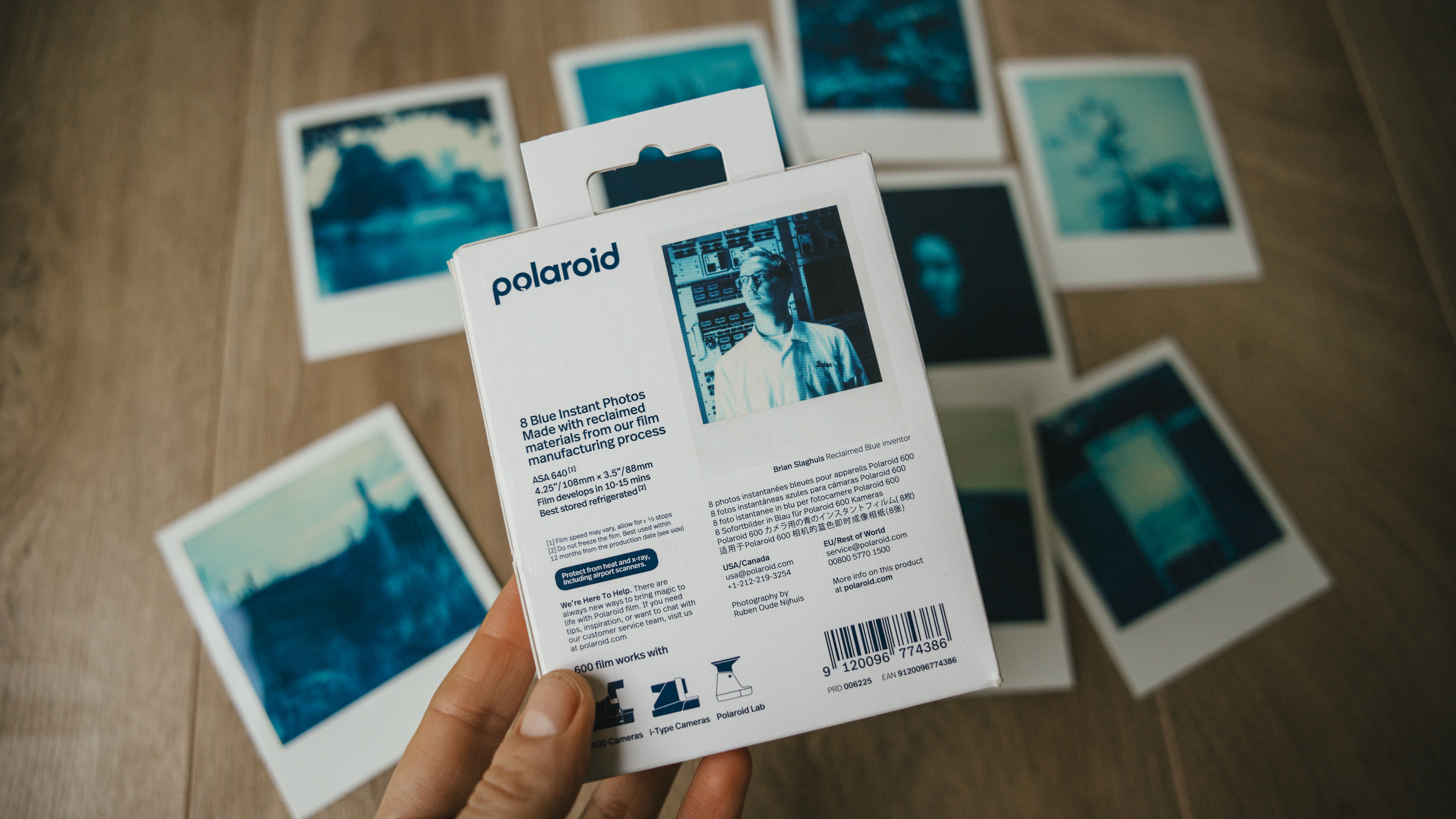
I’m talking about Polaroid’s Blue 600 Film (Reclaimed Edition), my favorite instant film of the year and a product which inexplicably (because it’s just got a blue hue, right?) ignited my love of instant photography again. Reclaimed Blue was born out of the type of fiddling that only belongs to Polaroid, made in the R&D lab from waste materials while its scientists tried to improve the standard color film. That’s the story from Polaroid anyway, and I don’t mind whether it’s true or a clever marketing gimmick. What I do care about is when Reclaimed Blue is going to be back in stock because I need more – and I want others to try it for themselves, too.
Reclaimed Blue is constantly sold out on the official Polaroid store, only to be found for a premium on eBay, but I was lucky enough to grab some from Polaroid earlier in the year along with the Polaroid I-2. Like all 600 Film packs, you get eight exposures, and the iconic square format is compatible with the Polaroid 600, Now, Now+, and Lab, as well as the I-2.
If you’ve ever tried making cyanotypes – a photographic printing process that produces blue-tinted images – the rich cobalt/cyan/teal hues from Reclaimed Blue prints will be familiar. When I made my first two exposures, I was slightly baffled at the film’s popularity. The images were too dark – my own underexposure mistakes – and it was hard to make out the subjects properly. Determined not to waste film, I did some more research into Reclaimed Blue. Through that, combined with testing, I found that the film was either best for deliberate backlit subjects to get strong silhouettes, or in even lighting without about 3 stops of dynamic range.
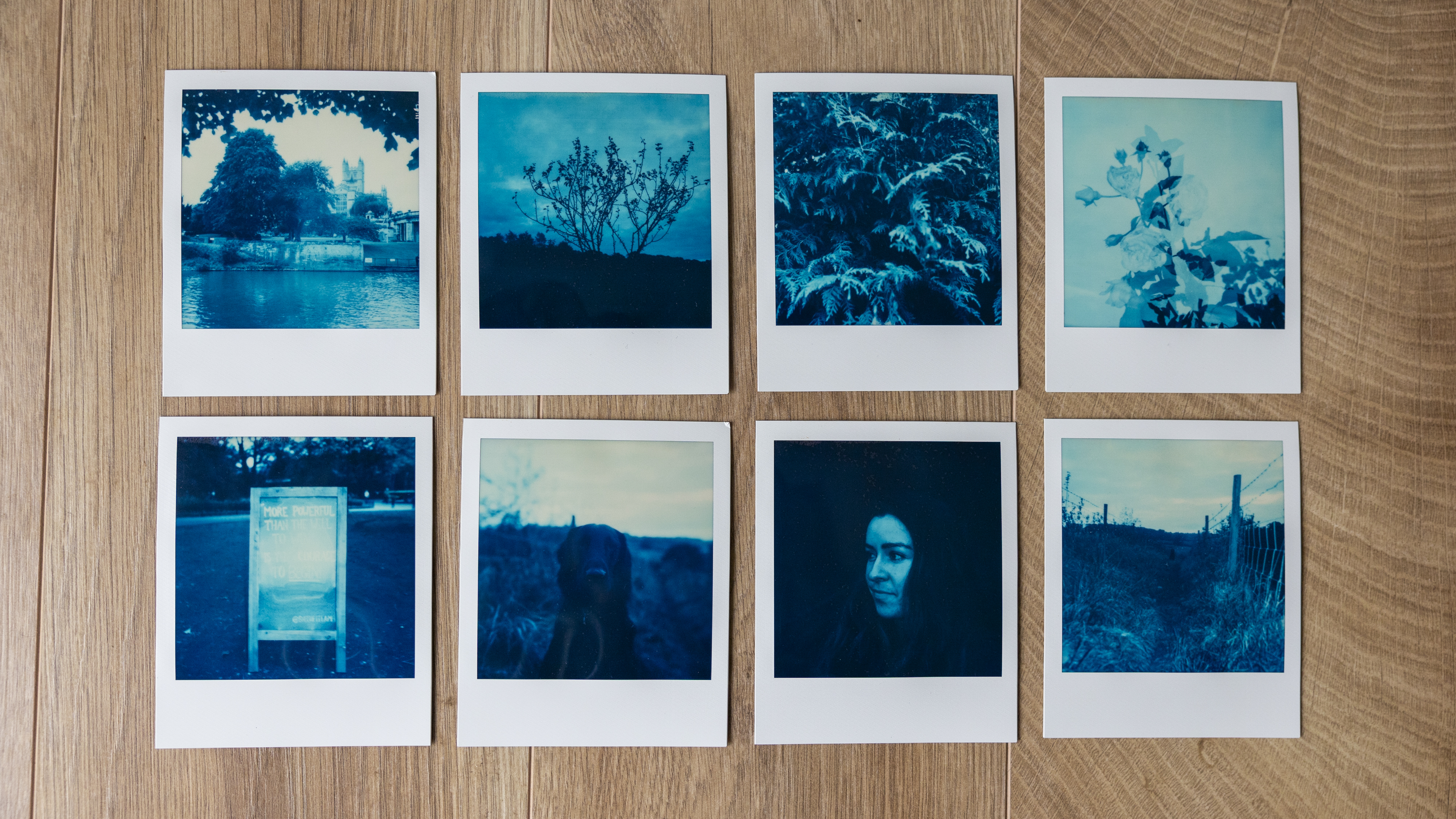
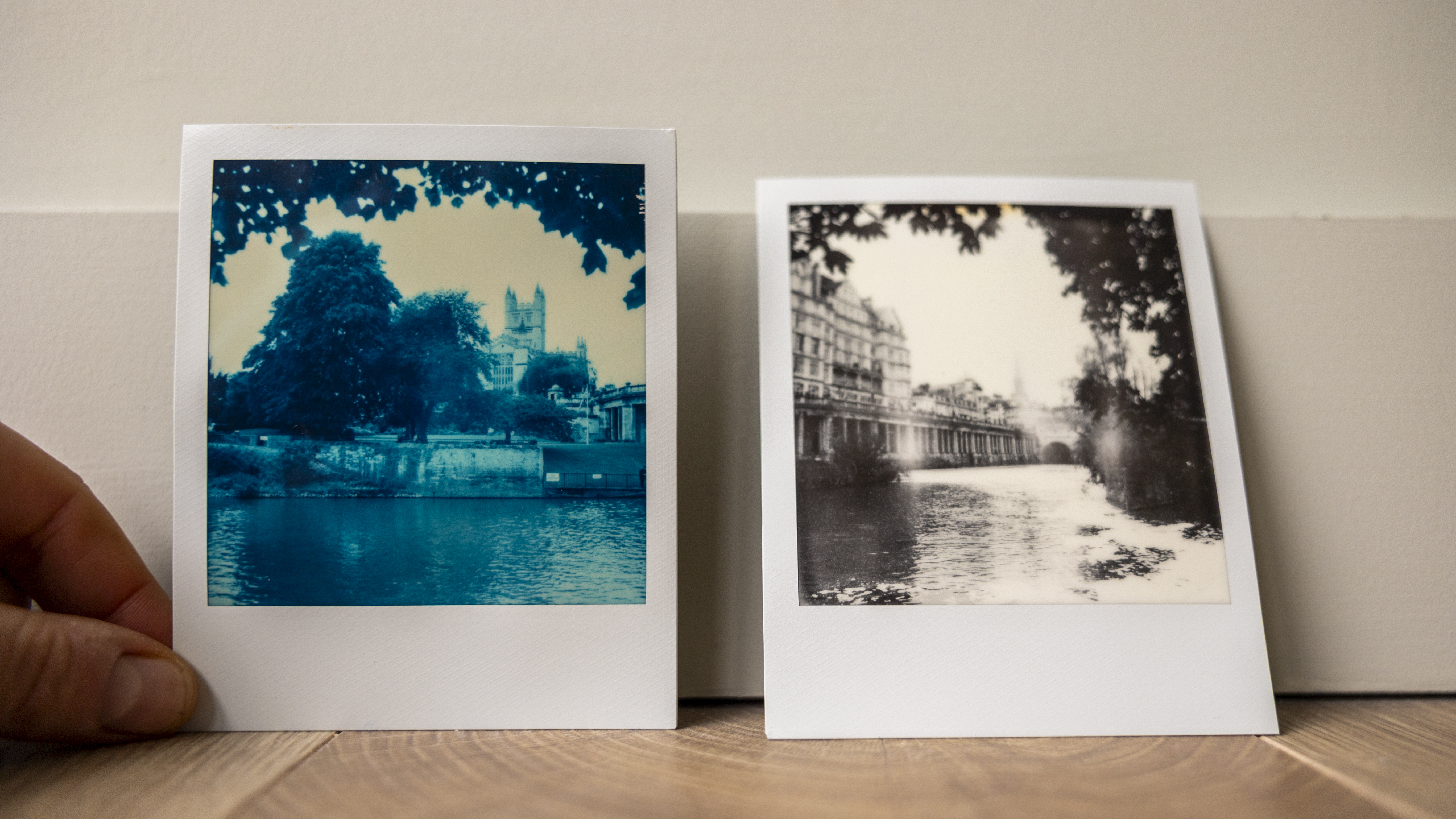
Instant film – least of all Polaroid film – is expensive, and you could argue that the cost of having to waste it only to get some decent photos is a reason not to use experimental films. But I think that’s missing the point of why many people love using Polaroid cameras. You see, as I made my way through the modest 8-pack, I began to consider my settings carefully, creatively adjust the composition, and determine how I was going to use these last, precious teal-colored exposures. The images aren't yet masterpieces, but that's not the point. The process and photographic experience were different from how I snap away thoughtlessly on my iPhone or mirrorless camera, rarely even looking at the images again.
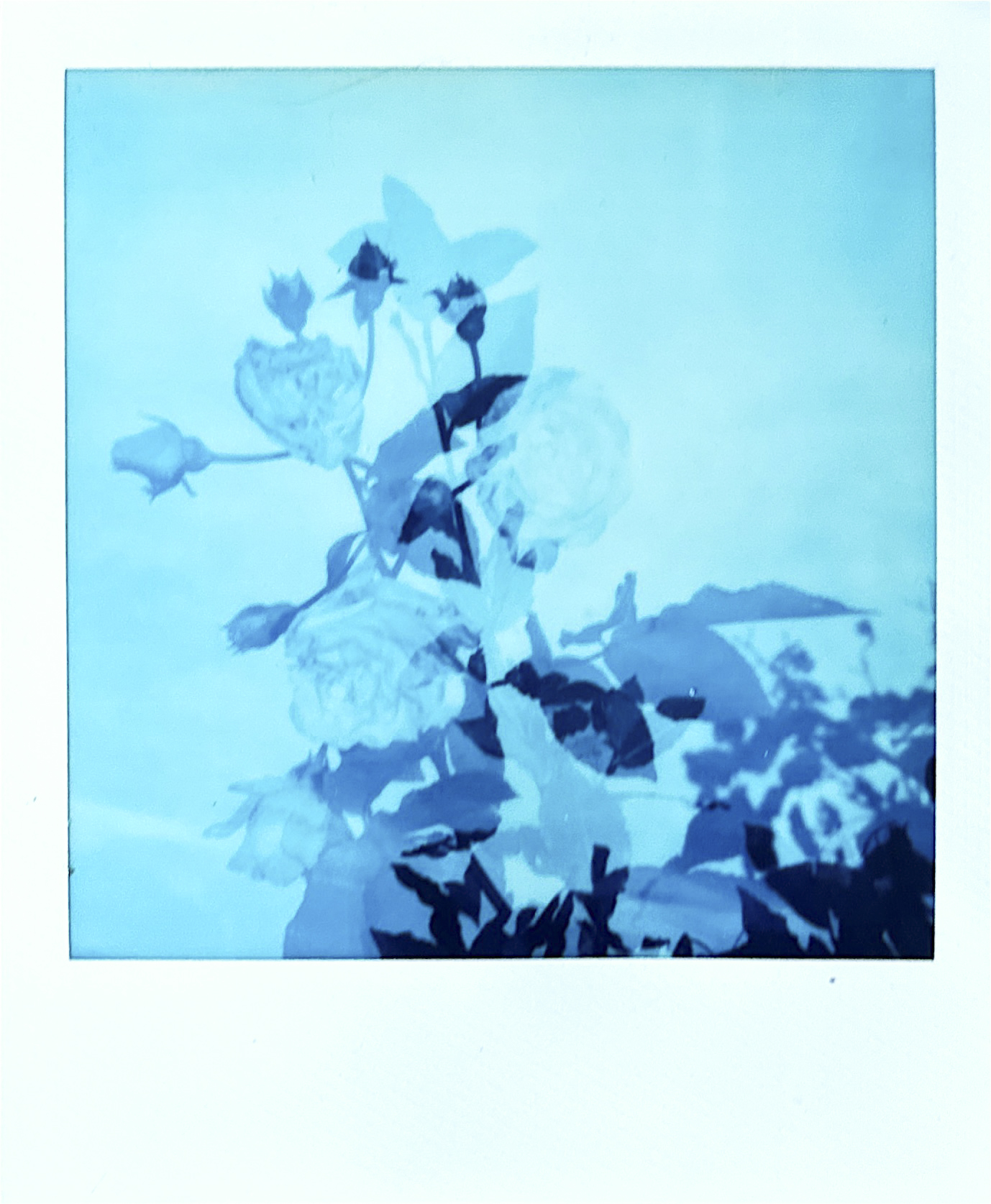
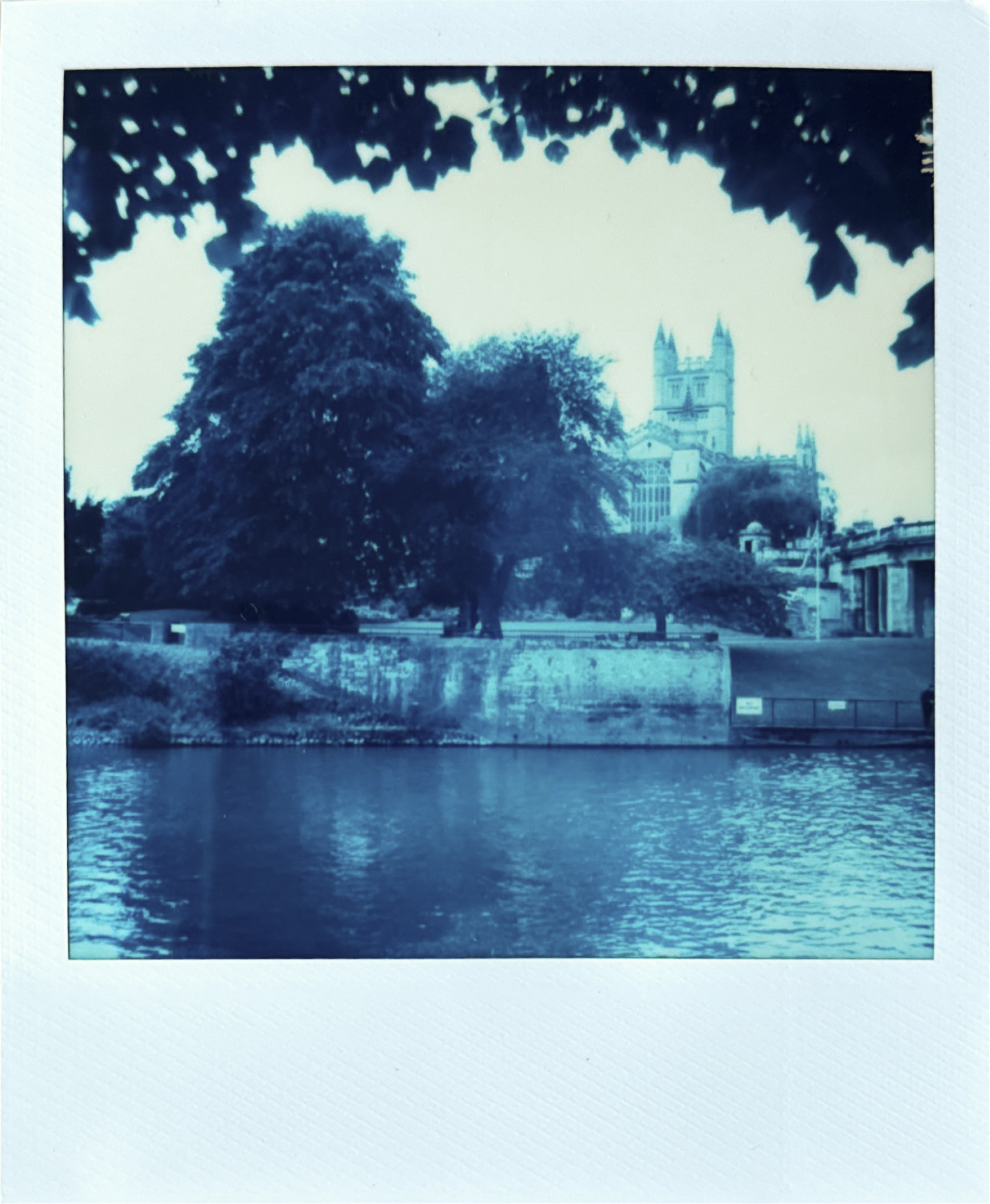


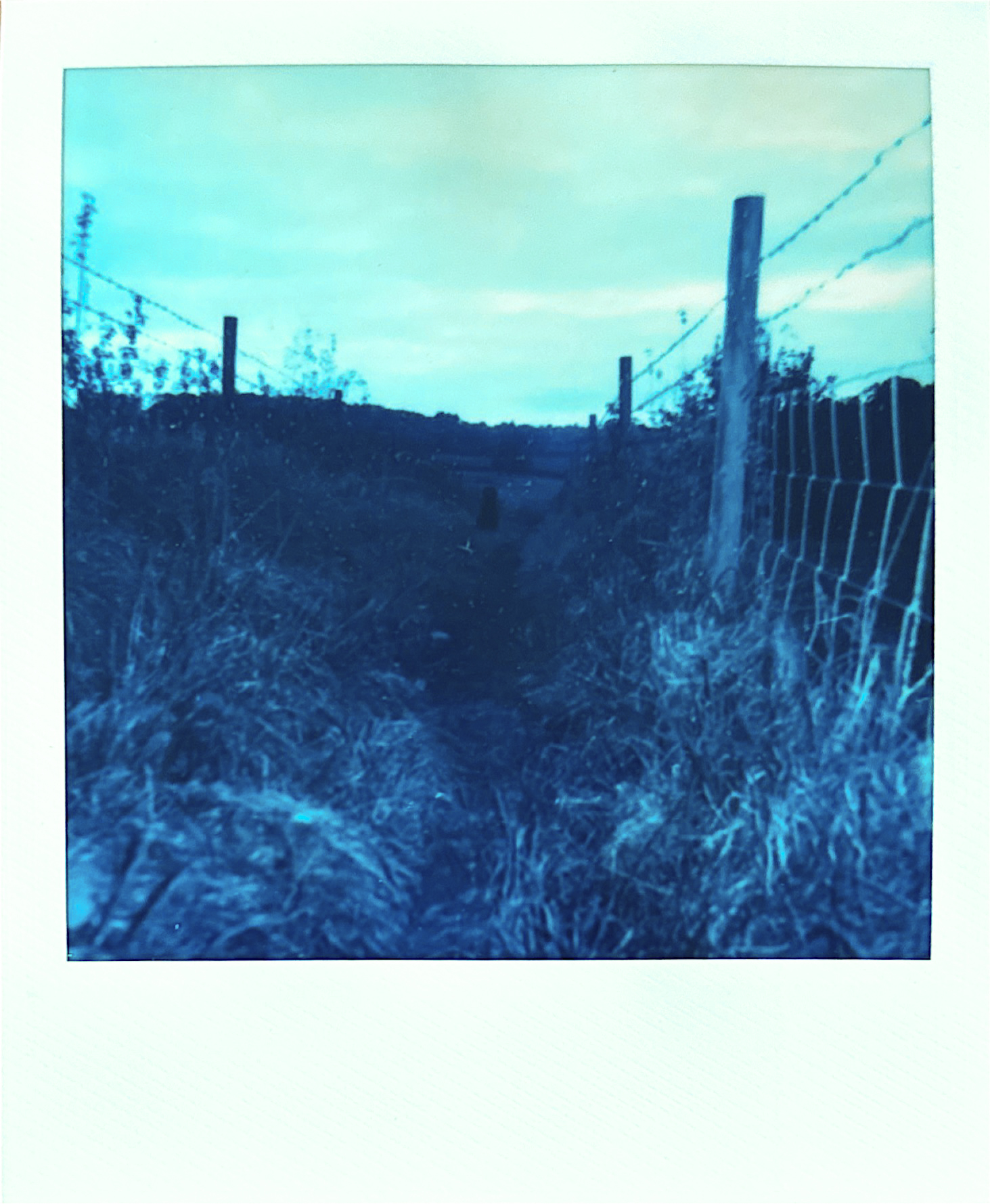

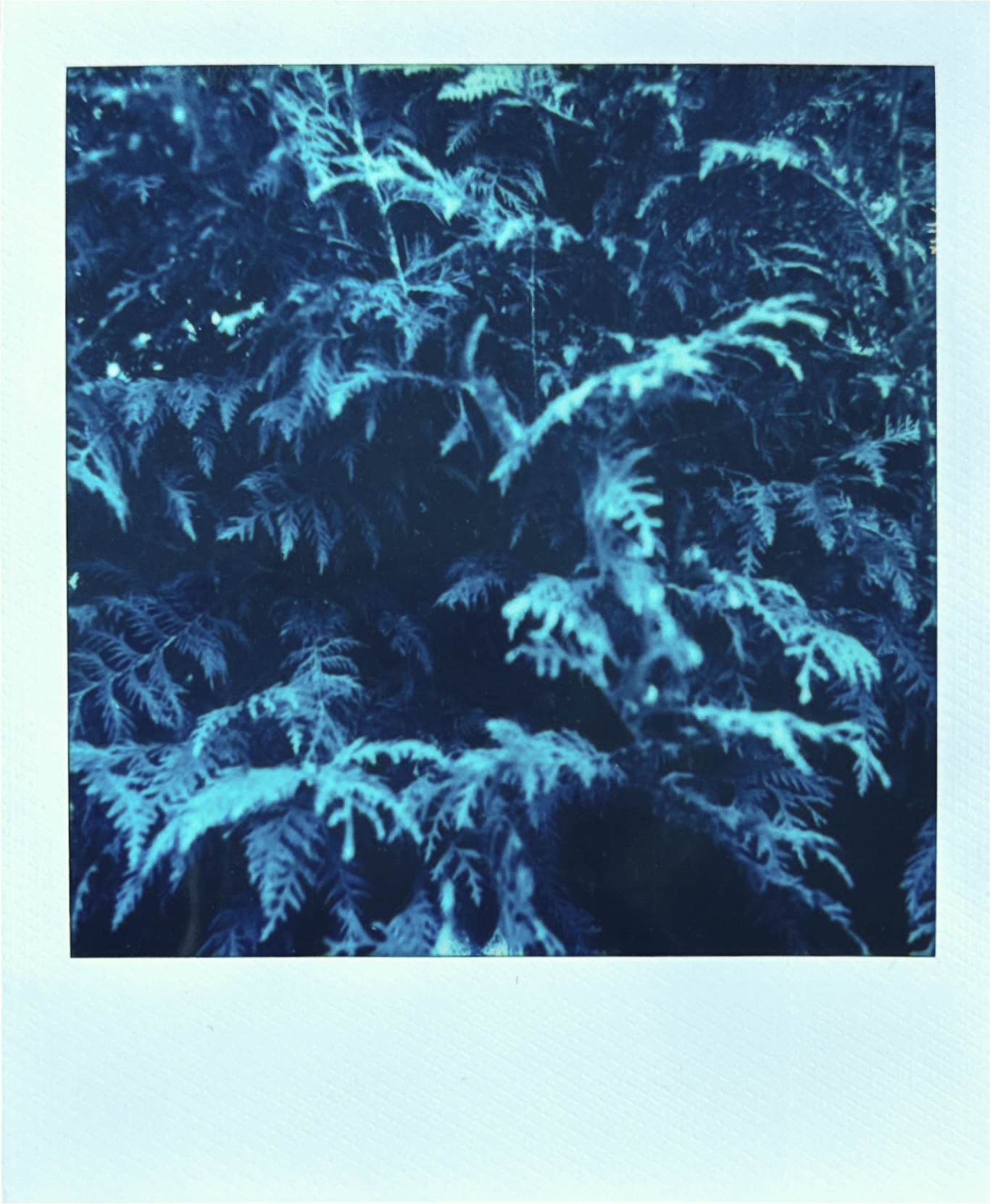
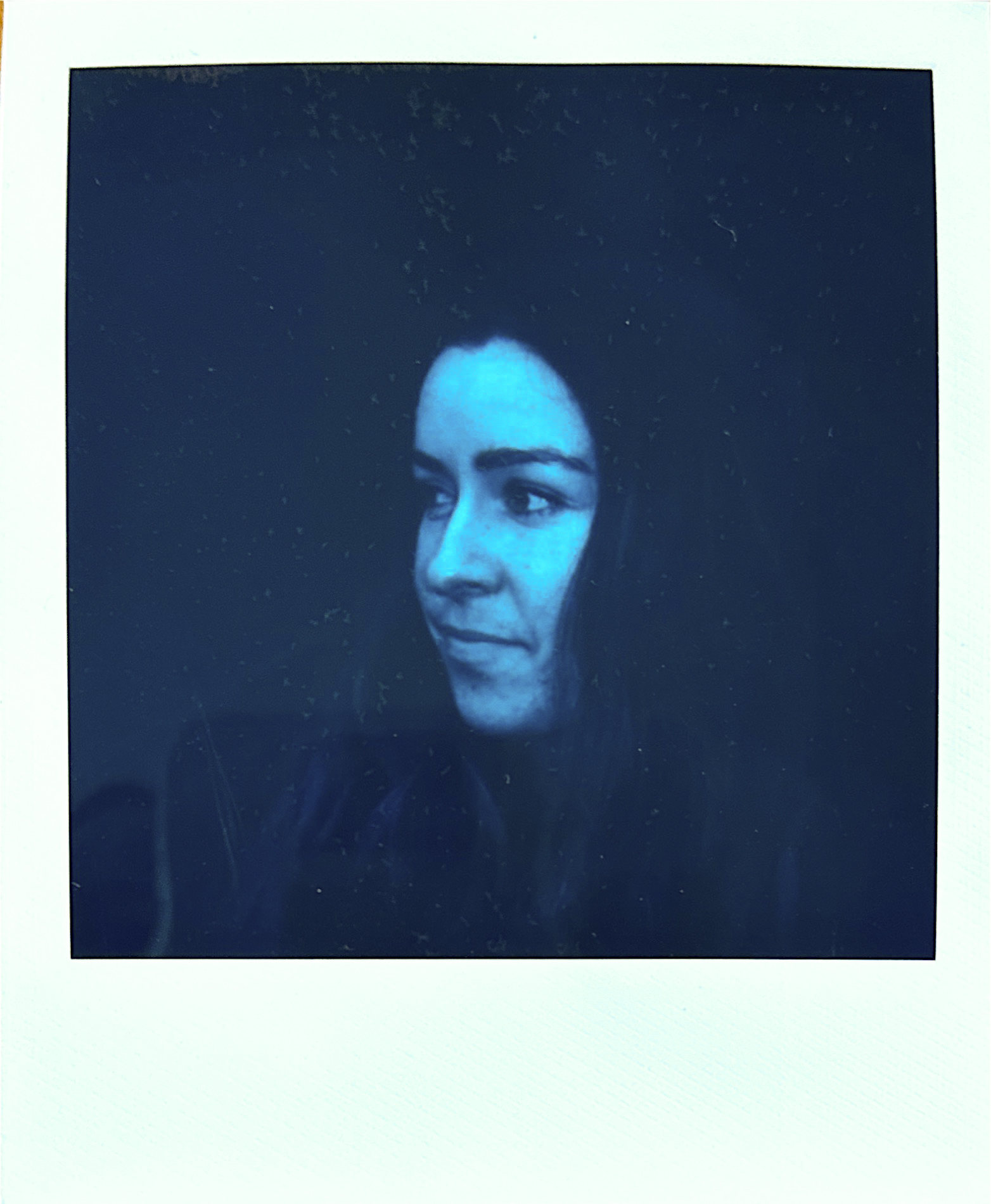
I love Reclaimed Blue from an aesthetic point of view, because the highlights are bright and sharp, rather than just being a lighter area of a colored dye as with Polaroid Duochrome film. You get a full range of tones from almost-black blue to near-white and an incredible level of contrast that I’ve not seen before from a Polaroid film. Reclaimed Blue isn't Monochrome, it's not Duochrome, and it's not designed for any particular subject. Polaroid is calling it #TheReclaimedExperiment, and hoping that its creative audience can shape its potential.
Of course, you don’t need a Polaroid camera to experiment with new films. You don’t even need a film camera, although I’ll never discourage anyone from getting into analog photography as a side hobby. To improve your instant photography, you just need an open mind and a desire to be curious. To try new things, and if they don’t work, to learn from them and take a different course.
While it’s easy to become obsessed with higher resolution, better autofocus, and stabilization with the best mirrorless cameras of the day, do we always want to pursue “perfect” image quality? Maybe there’s something to be said for injecting a little more play into your photography. Something more human. After all, if Polaroid is happy with an imperfect, experimental fluke, you and I can be too.







